How Data Science Tools are Being Revolutionized by Generative AI

Introduction to Data Science
As technology continues to advance, the possibilities for utilizing artificial intelligence (AI) in various industries are becoming endless. In the world of data science, one area that is rapidly evolving is generative AI. You may have heard this term before, or perhaps you are just getting familiar with it. Either way, in this blog post, we will delve into what generative AI is and how it is transforming data science tools.
To begin with, let’s define what generative AI actually means. Simply put, generative AI is a branch of artificial intelligence that focuses on creating new content rather than just analyzing existing data. This technology uses algorithms to generate new images, text, or sounds based on patterns and characteristics learned from a dataset.
So how does generative AI differ from traditional machine learning techniques? The main difference lies in their purpose and approach towards problem solving. Traditional machine learning techniques are designed to find solutions to specific problems by analyzing large amounts of data and making predictions based on that analysis.
Understanding Generative AI and its Impact on Data Science Tools
Are you looking to stay ahead of the game in the ever evolving world of data science? Then it’s crucial for you to understand the latest developments in Artificial Intelligence (AI), particularly Generative AI. This relatively new concept is revolutionizing the way data science tools operate, making them more powerful and efficient. In this blog section, we will explore what Generative AI is and how it is impacting data science tools.
What is Generative AI?
Generative AI, also known as generative adversarial networks (GANs), is a subset of artificial intelligence that involves two neural networks competing against each other. One network, called the generator, creates new data instances while the other network, called the discriminator, evaluates these instances to determine their authenticity.
How does Generative AI differ from traditional AI?
Traditional AI systems use rule based programming to perform specific tasks. They require large amounts of labeled data and predefined rules to function accurately. In contrast, Generative AI systems do not rely on predefined rules or labeled datasets. Instead, they learn and improve through a feedback loop between the generator and discriminator networks.
Applications of Generative AI in Data Science Tools
The impact of Generative AI on data science tools can be seen in various applications such as image generation, text to speech conversion, and video generation. Let’s take a closer look at how it has improved image generation.
Utilization of Generative AI in Data Exploration and Visualization
Generative AI is a subset of artificial intelligence that focuses on creating new and unique content based on patterns and rules learned from existing data. In simpler terms, it is a type of machine learning that can generate new content similar to what it has been trained on.
Now you may be wondering, how does this relate to data exploration and visualization? Well, the answer lies in its ability to analyze large datasets quickly and efficiently. By understanding patterns within the data, generative AI can create visual representations that highlight important insights and relationships between different variables.
One major advantage of using generative AI in data science tools is its ability to handle complex datasets. Traditional methods of data exploration and visualization often struggle when faced with immense amounts of information. However, with generative AI, the process becomes much smoother as it can quickly sift through vast datasets and identify patterns that may not be easily visible to the human eye.
Enhancing Machine Learning Models with Generative AI Techniques
So what exactly is Generative AI? In simple terms, it refers to the use of machine learning algorithms to generate content or data. It involves training models on a large dataset and then using those trained models to produce new and realistic samples that resemble original data.
One of the primary benefits of incorporating generative AI techniques in ML models is its ability to improve data manipulation and augmentation. Traditional ML models rely on the available data for training, which can sometimes be limited or biased. Generative AI can help overcome this limitation by generating new synthetic data that can be added to the existing dataset, providing a diverse range of examples for model training.
This technique also helps in reducing reliance on manual feature engineering, which can be time consuming and prone to errors. By using generative AI, features can automatically be created from raw data, saving both time and effort while improving the overall quality of features.
Use of Generative AI for Data Augmentation and Synthesis
But with the ever increasing amount of data, the traditional methods of data analysis are no longer sufficient. This is where generative artificial intelligence (AI) comes into play. Generative AI is a subset of machine learning that focuses on creating and generating new data from existing datasets. In this blog section, we will explore how generative AI is revolutionizing data science tools with its ability to enhance data augmentation and synthesis.
Data augmentation refers to the process of increasing the amount of training data by adding synthetically generated samples. It helps overcome the limitation of having a small dataset, which can lead to poor model performance. This is where generative AI shines; it can generate new and diverse samples that capture the underlying patterns and relationships in the original dataset.
The role of generative AI in data augmentation does not stop at increasing sample size; it also helps in creating diverse datasets by introducing variations in existing samples. For example, if we have a dataset of handwritten digits, generative AI algorithms can be used to create different versions of each digit with varying thickness or slant.
Incorporating Generative Adversarial Networks (GANs) in Data Science Workflows
You may have heard about GANs being used in various industries such as gaming and art. But did you know that they are also revolutionizing the world of data science? In this section, we will delve deeper into how GANs are being incorporated into data science workflows and discuss their advantages.
Firstly, let’s understand what GANs are and their role in data science. Essentially, GANs are a type of deep learning architecture that involves two neural networks – a generator and a discriminator – competing against each other to generate realistic outputs. The generator creates new samples based on training data, while the discriminator tries to distinguish between real and generated samples.
Now, you may be wondering how a system like this can be useful in data science workflows. Well, GANs can generate synthetic data that closely resembles real data, which is beneficial when working with limited or sensitive datasets. This allows for more accurate model training without compromising privacy or security.
Advancements in Natural Language Processing (NLP) with the Help of Generative AI
First, let’s understand what NLP and generative AI mean. Natural language processing refers to the ability of a computer system to understand and analyze human languages. This includes tasks such as speech recognition, language translation, and text analysis.
Nowadays, with a vast amount of data available online in various forms such as text, images, videos, and audio files, there is a need for tools that can efficiently process and make sense of this data. This is where NLP and generative AI come into play. With their combined power, these technologies are transforming the way data science tools operate.
One major impact of generative AI on data science tools is its ability to automate complex tasks. With traditional NLP techniques, researchers had to manually label large datasets for machines to learn from. However, with generative AI algorithms such as deep learning models like GPT3 (Generative Pretrained Transformers 3), large amounts of unlabeled data can be automatically processed and used for training.
Benefits of Integrating Generative AI into Data Science Tools and Its Potential Future Developments
Generative AI, also known as artificial creativity, is a form of artificial intelligence that focuses on creating new and unique outputs based on a set of inputs. By using generative algorithms, data scientists can automate tedious tasks and generate novel ideas that would have otherwise been difficult or impossible to come up with manually.
The potential for automating repetitive and time consuming tasks is one of the major benefits of integrating generative AI into data science tools. Data scientists spend a significant amount of their time cleaning, organizing, and preparing data for analysis. With generative AI, these tasks can be automated and completed at a much faster pace, freeing up valuable time for more complex and strategic tasks.
Moreover, generative AI algorithms have proven to significantly improve the accuracy of data analysis and modeling processes. This is because these algorithms are able to analyze vast amounts of data much quicker than humans, leading to more precise results. Additionally, generative models can be trained on large datasets to identify patterns and make predictions, providing insights that may have been missed by traditional methods.
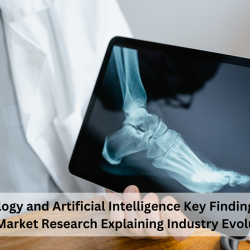
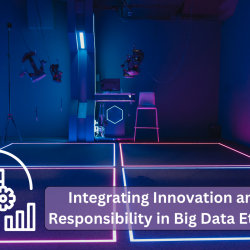
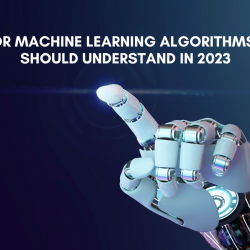
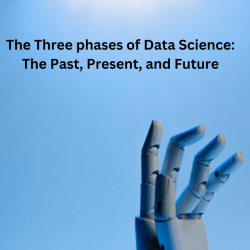
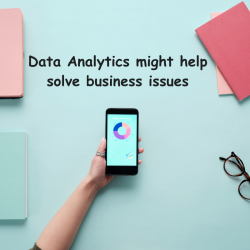
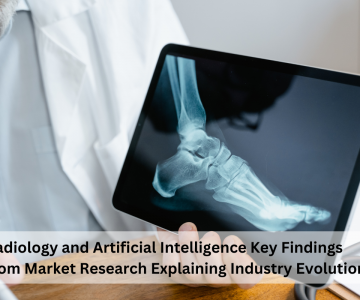
Ingen kommentarer endnu